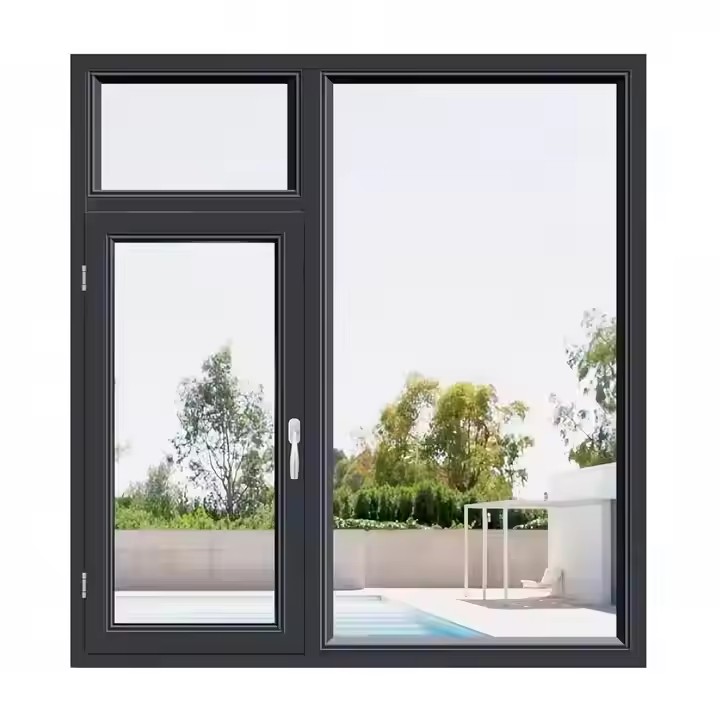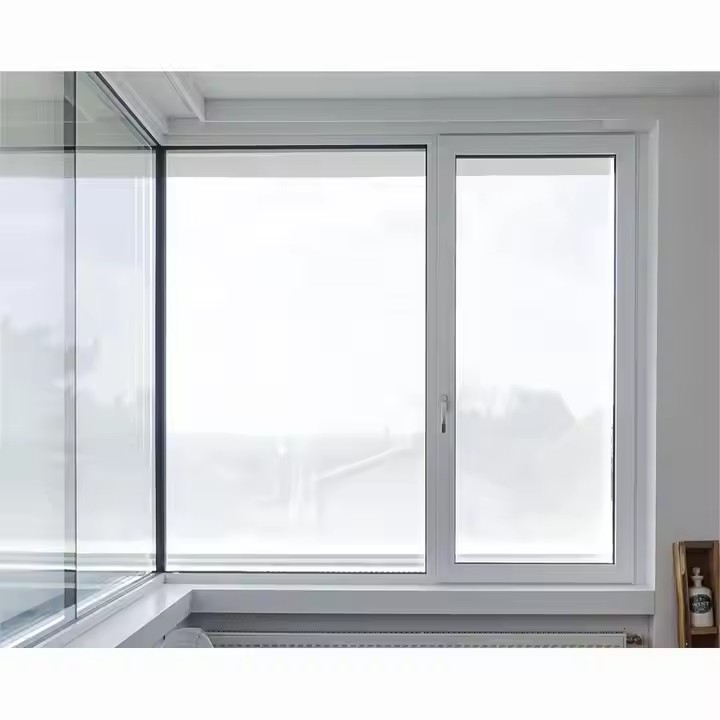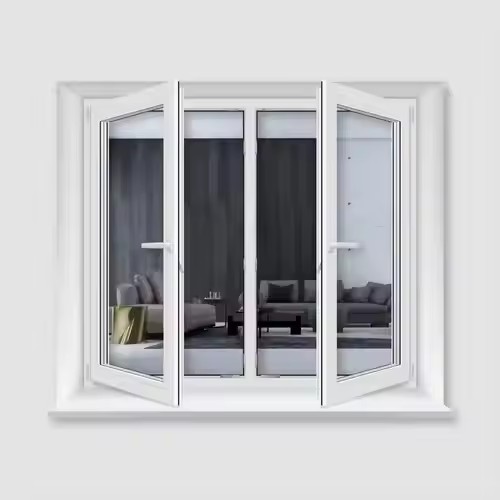I. Compliance Certification: Unlocking the Access Code to the Australian Market
Australia has established a comprehensive system of compliance requirements for door and window products, with multiple standard upgrades set to take effect in 2025. Chinese enterprises must adopt a “dynamic compliance” mindset. As the core standard, AS/NZS 2047:2025 introduces new technical requirements for hinged doors, revolving doors, and folding doors, while updating wind pressure parameters for hurricane-prone regions to align with the building wind load standards specified in AS 4055. Enterprises are required to commission laboratories accredited by NATA (National Association of Testing Authorities) to conduct tests and obtain third-party reports covering wind pressure ratings (unit: Pascals), water tightness, and air tightness. Additionally, performance labels must be affixed to prominent positions on products—this serves as the “passport” for entering the Australian market.
Energy efficiency has emerged as a new focus of compliance in 2025. According to the 2022 amendments to the NCC (National Construction Code), all newly built residential buildings across Australia must meet the 7-star NATHERS (Nationwide House Energy Rating Scheme) standard starting from May, representing a 17% increase in energy-saving requirements compared to the previous 6-star standard. This has directly driven the adoption of double-silver Low-E insulated glass and multi-cavity broken-bridge aluminum profiles as mainstream configurations. Enterprises must obtain certification from the WERS (Window Energy Rating Scheme) and provide measured data on U-values (heat transfer coefficients) and SHGC (solar heat gain coefficients). Taking the Melbourne area as an example, the SHGC of north-facing windows must be controlled between 0.3 and 0.4 to balance daylighting and heat insulation needs.

Compliance preparations must be more targeted to meet the needs of specific regions. In bushfire-prone areas such as Victoria, doors and windows must comply with the fire safety standard AS 3959, using fire-resistant glass and high-temperature-resistant sealants. In tropical northern regions like Queensland, anti-corrosion treatment must be enhanced, and 316 stainless steel is recommended for hardware components. It is advisable to sign annual service agreements with certification bodies such as SAI Global to establish a “pre-certification database.” This allows enterprises to quickly access basic test data when standards are updated, shortening the certification cycle by over 30%.
II. Channel Development: Accurately Reaching Target Customer Groups
Australia’s door and window procurement market is characterized by “engineering-led, distribution-supported” dynamics, and enterprises must select appropriate channel models based on their own positioning. For enterprises with large production capacities, participating in professional exhibitions is an efficient way to acquire customers. Two major Australian building materials exhibitions in 2025 deserve key attention:
SYDNEY BUILD (May 7-8): Expected to attract 25,000 professional visitors, including leading developers such as Lendlease and Mirvac.
Melbourne BuildExpo (October 22-23): Focused on government infrastructure projects in Victoria, making it suitable for connecting with procurement needs for public buildings like schools and hospitals.
At exhibition sites, it is recommended to set up 1:1 mock-ups to intuitively demonstrate the wind pressure resistance and sound insulation performance of doors and windows. Additionally, enterprises should bring localized case manuals, such as real photos of completed apartment projects in Brisbane.
Cooperating with local importers can quickly open up distribution networks. According to trade data from Volza, there were 85 active door and window importers in Australia during the 2023-2024 period. Among them, Stepney Street Holdings accounted for 46% of the market share with 1,168 shipments, while two warehouses under the ITW Proline Group together held an 18% share. Such importers typically have mature warehousing and distribution systems as well as installation teams. Enterprises can adopt a cooperation model of “FOB Ningbo + 3% rebate,” where importers handle customs clearance, local transportation, and after-sales services. Australian enterprises with production bases in China, such as Enviro Aluminium, can also serve as technical partners to optimize product details using their local design capabilities.
Government bidding projects hold significant opportunities. The Victorian government publicly tenders for construction projects through the “Buying for Victoria” platform. Key projects in the third quarter of 2025 include the expansion of the Royal Children’s Hospital Melbourne and the renovation of regional highway service areas. When participating in bids, enterprises must note three points: first, local test reports must be provided; second, bid documents must be prepared in accordance with the contract standards of AS 4000; third, a minimum 5-year warranty service must be promised. It is recommended to form a bidding consortium with local Australian installation companies to increase the probability of winning bids.

III. Business Execution: Building a Risk-Controlled Delivery System
The security and timeliness of cross-border transactions directly affect clients’ confidence in cooperation. In terms of price terms, costs and taxes must be calculated accurately. Aluminum doors and windows (HS code: 7610100000) enjoy zero-tariff benefits under the China-Australia Free Trade Agreement, but a Form A Certificate of Origin must be applied for. If products contain imported hardware, the localization rate must reach at least 55%. For quotation, it is recommended to adopt the model of “CIF Melbourne + 10% premium,” which includes 2.5% cargo insurance (covering risks of breakage and rain damage) and 7.5% customs clearance service fees to avoid disputes over additional charges later.
Payment methods should balance risk and trust. For initial cooperation, a phased payment method is recommended: “30% advance payment + 60% upon receipt of the bill of lading copy + 10% within 30 days after acceptance.” Production should only start after the advance payment is received. For major clients with an annual procurement volume exceeding 5 million Australian dollars, Sinosure (China Export & Credit Insurance Corporation) can be engaged for underwriting. Enterprises can refer to Sinosure’s risk control model of “data-driven + on-site research” to dynamically monitor buyers’ credit. In 2024, a furniture export enterprise used Sinosure’s risk early warning to terminate cooperation with an Australian buyer before its bankruptcy, reducing losses by over 20 million yuan—a case worth learning from.

